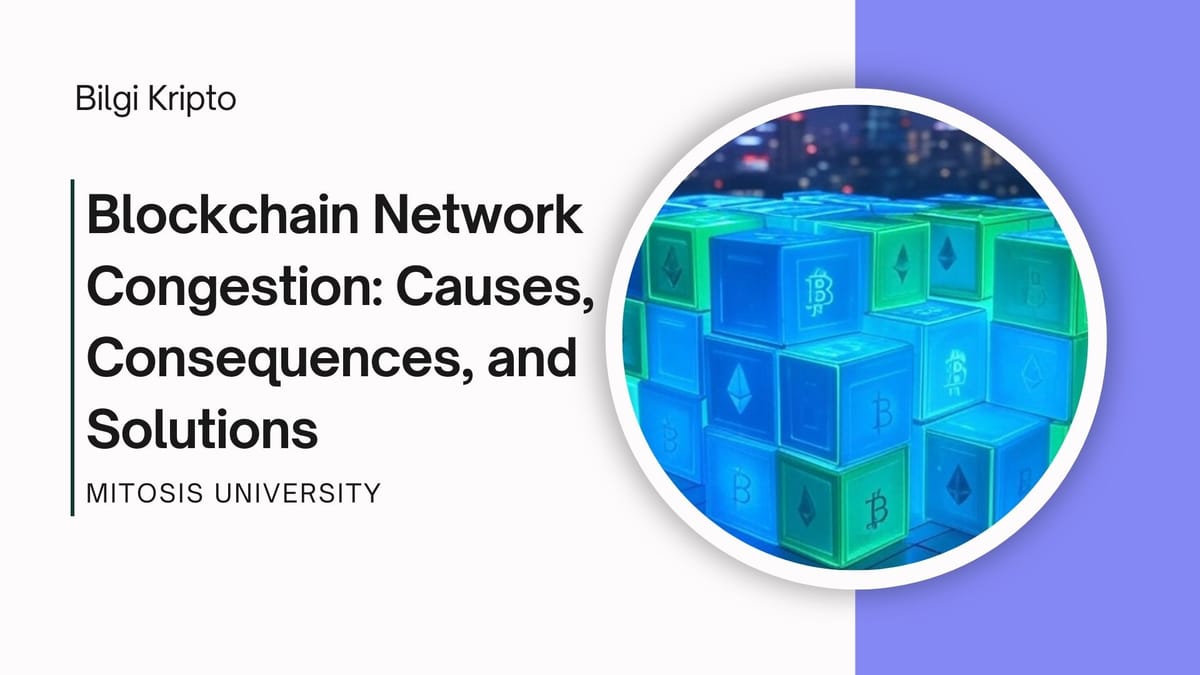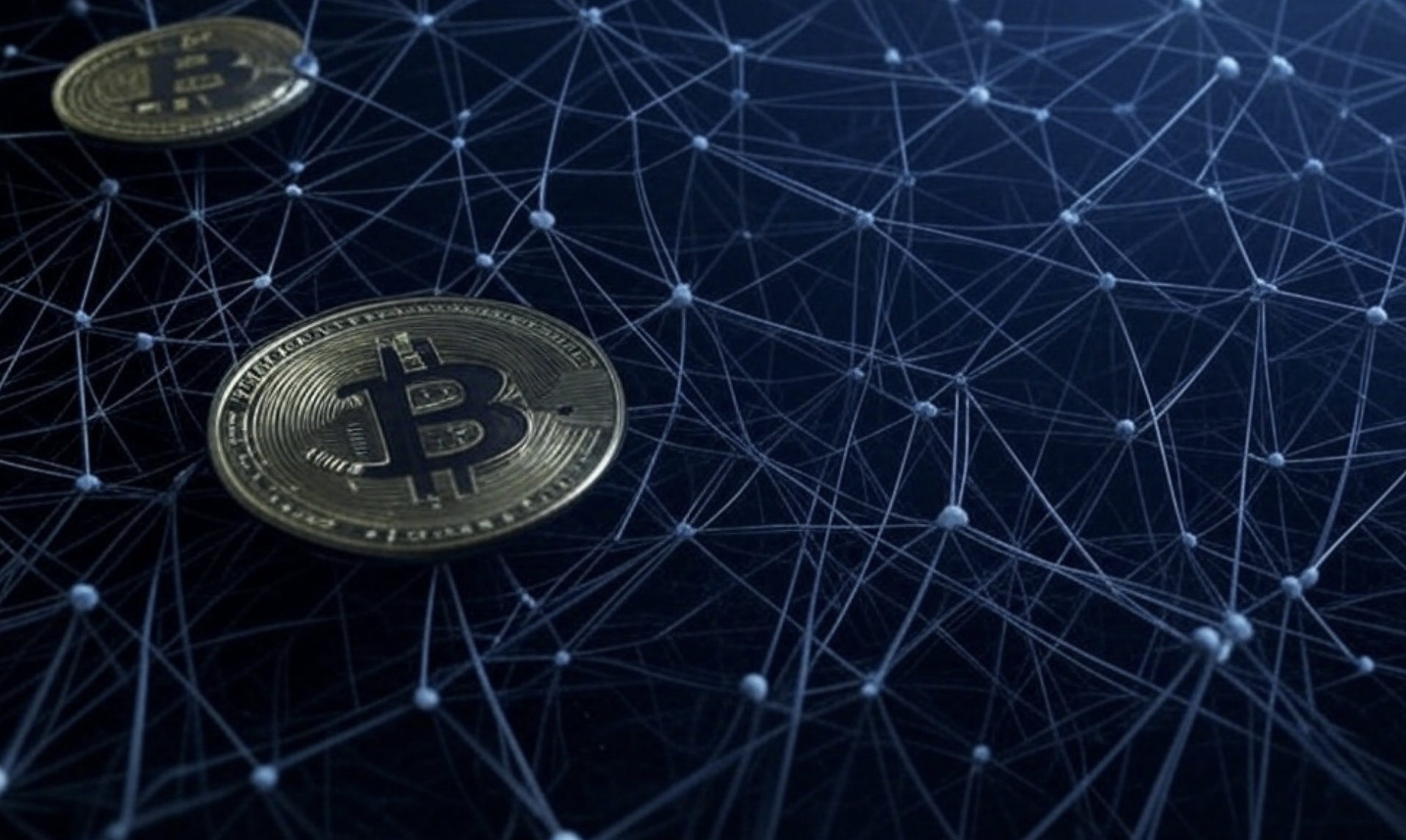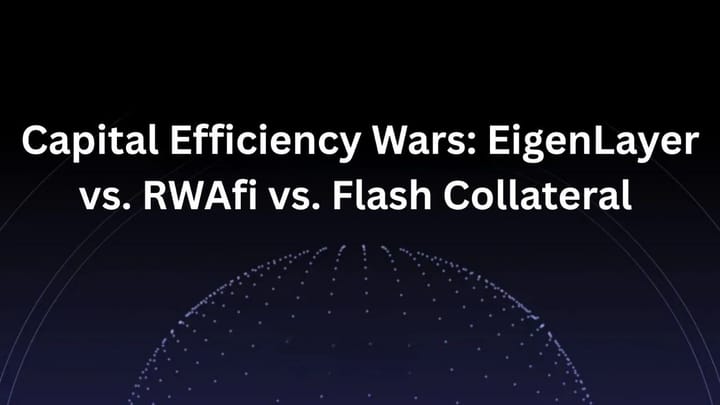Blockchain Network Congestion: Causes, Consequences, and Solutions

Blockchain networks are the cornerstone of rapidly developing digital systems. However, network congestion, which exceeds the transaction capacity, can hinder the efficient operation of these systems. Blockchain network congestion becomes apparent especially when there are high transaction demands. In this article, we will explore what blockchain network congestion is, how it arises, and the proposed solutions to address this issue.
What Is Blockchain Network Congestion?
Blockchain technology creates a block for each transaction. Each block has a limited capacity, and when this capacity is exceeded, congestion occurs within the network. In this case, transactions are queued, and approval times increase. Over time, these pending transactions build up, worsening the network congestion and impacting its performance.
Network congestion is not only caused by an increase in the number of transactions; the technical structure of the network, block sizes, and block creation times can also trigger this issue. For example, small block sizes and slow block creation times can contribute to congestion.

Why Does Blockchain Network Congestion Occur?
The main causes of blockchain network congestion are due to various factors:
- High Demand and Mempool Congestion
Blockchain networks have a specific transaction capacity. As transaction demand increases, the network may not be able to handle these requests. This results in transactions being placed in the mempool, a waiting area, leading to congestion. - Block Sizes and Capacity Limitations
In blockchain networks, each block has a specific data capacity. If the block sizes are small, the network’s transaction processing capacity may be limited. As transaction volumes rise, congestion can occur when these sizes are insufficient. - Block Time and Approval Delays
In blockchain networks, each new block is created within a specific time frame. If this time is too long and transaction demand increases, the transactions are queued. Additionally, high transaction demand can prolong this process further.
The Consequences of Blockchain Network Congestion
Congestion does not only affect network performance but also negatively impacts user experience. Increased transaction fees, extended approval times, and slow transaction speeds are some of the common consequences of congestion.
- Higher Transaction Fees and User Costs
When network congestion occurs, transaction fees may rise. Miners prioritize transactions with higher fees. As a result, users may end up paying more in fees to have their transactions approved faster. - Longer Transaction Approval Times
Due to congestion, transaction approval times can increase. This means users have to wait longer for their transactions to be confirmed, leading to a poor user experience. - Efficiency Loss and Poor User Experience
For blockchain technology to be effective in everyday use, transactions must be approved quickly. However, congestion delays this process and makes blockchain less accessible for regular users.

Proposed Solutions for Blockchain Network Congestion
A range of solutions has been developed to overcome network congestion. These solutions aim to increase the network’s transaction capacity and improve its efficiency.
- Increasing Block Size
Increasing the block size in blockchain networks can allow for more transactions to be processed. However, larger blocks may require more storage space and could lead to centralization issues within the network. - Reducing Block Times
Shortening block times allows the network to approve transactions more quickly. However, this could compromise the security of the network. Faster block approval times could lead to issues such as network fragmentation and security vulnerabilities. - Layer 2 Solutions and Second-Layer Technologies
Layer 2 solutions offload transaction burdens from the main blockchain and execute transactions on a secondary layer. This solution improves the network’s performance, allowing for faster and more efficient transactions. - Sharding Method
Sharding divides the blockchain into smaller pieces, allowing each part to handle its own transactions. This significantly increases the network’s transaction capacity, but it may introduce security concerns and increase the complexity of the network.
Conclusion: The Future of Blockchain and Solutions for Network Congestion
Blockchain network congestion is not solely caused by limited transaction capacity; it is also influenced by the efficiency and speed of the network’s design. However, with the evolution of blockchain technology and the implementation of new solutions, these issues can be addressed. This would allow blockchain to reach a broader audience and create a greater impact on the digital economy


Comments ()